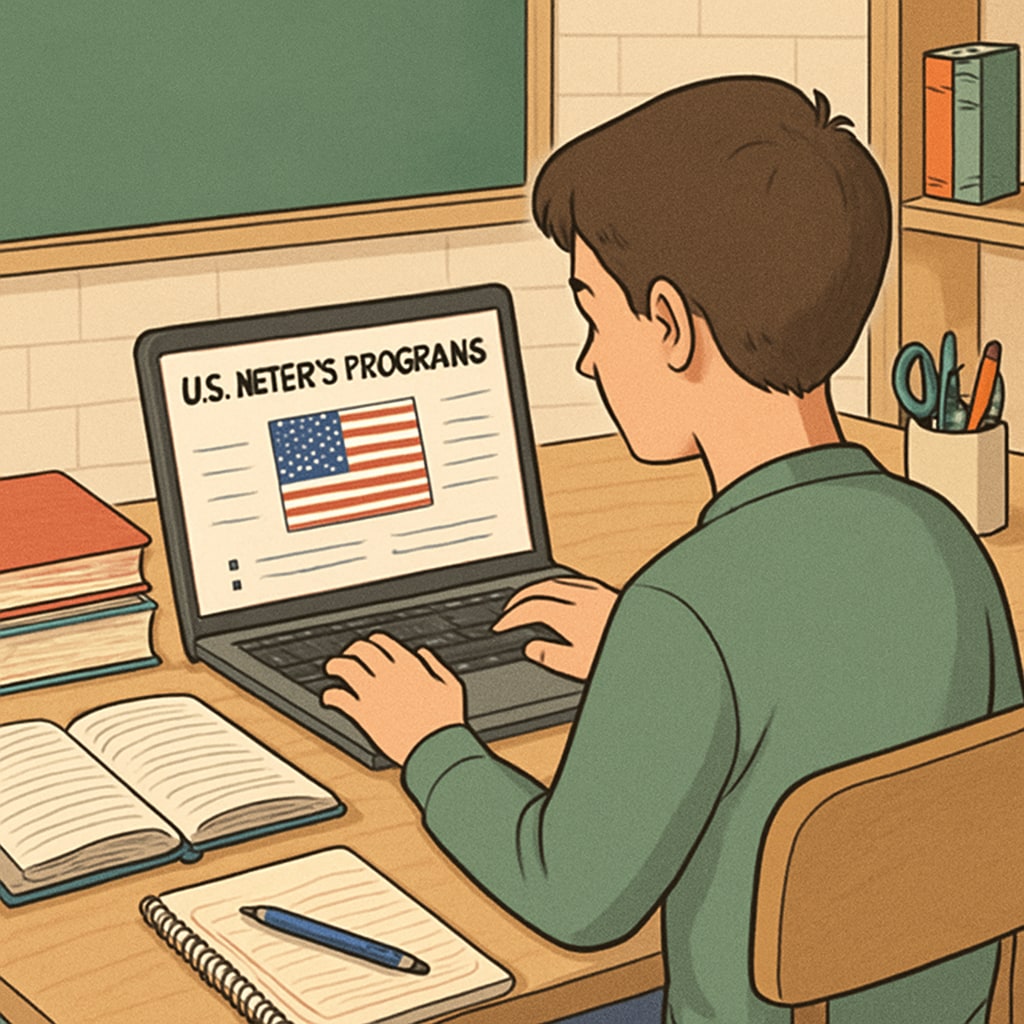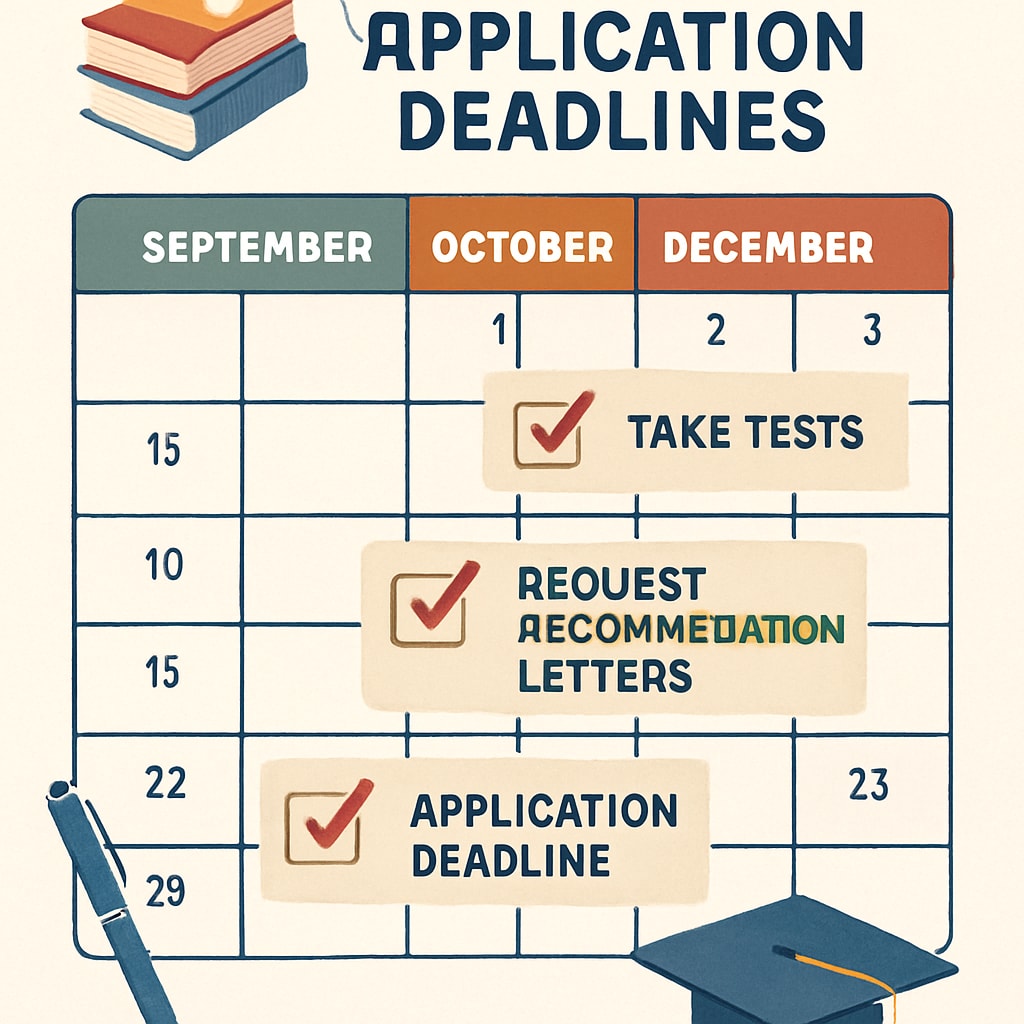When it comes to pursuing a graduate degree in the United States, understanding the best timing for applying is crucial. Factors such as application deadlines, academic preparation, and personal circumstances play an essential role in determining the success of your application. In this article, we will break down the critical aspects of applying to U.S. master’s programs and discuss how timing can influence your chances of acceptance and ability to plan effectively for your academic journey.

Understanding Application Cycles for U.S. Master’s Programs
Most U.S. universities follow a structured application cycle for their master’s programs, with deadlines typically falling between December and February for the following academic year. Early preparation is key to ensuring ample time for gathering transcripts, recommendation letters, and test scores, such as the GRE (Graduate Record Examination) or GMAT (Graduate Management Admission Test).
Here are some general guidelines for timing your application:
- Fall intake: The most popular option for master’s programs in the U.S., with deadlines often between December and February.
- Spring intake: Less common but available for certain programs, with deadlines typically between August and October.
- Rolling admissions: Some programs offer rolling admissions, allowing applicants to submit their applications throughout the year.
It’s important to research the specific timelines for each university and program to avoid missing critical deadlines. For example, you can refer to reliable resources like Britannica’s guide on graduate school for detailed insights.

Factors to Consider Before Applying
Timing your application goes beyond simply meeting deadlines. There are several other factors to account for, such as academic readiness, financial planning, and personal goals. Below, we outline key considerations:
- Academic Preparation: Ensure that you have completed the necessary prerequisites for your chosen program and have sufficient time to prepare for standardized tests.
- Funding and Scholarships: Many scholarships and financial aid opportunities have early deadlines, often preceding program application deadlines. Applying early can increase your chances of receiving financial support.
- Personal Circumstances: Consider your current commitments, such as work or family obligations, and how they align with your application timeline.
For example, if you require additional time to improve your test scores or gain relevant experience, delaying your application by a cycle might be advantageous. According to Wikipedia’s page on graduate school, strong academic and professional credentials significantly enhance admission chances.
When Should You Start Planning Your Application?
Planning for a U.S. master’s application should ideally begin at least 12–18 months before the intended start date. This timeline allows sufficient time for research, document preparation, and test-taking. Here’s a suggested timeline:
- 12–18 months before: Research programs, identify target schools, and outline application requirements.
- 9–12 months before: Prepare for standardized tests, request recommendation letters, and draft your statement of purpose.
- 6–9 months before: Complete applications, finalize funding plans, and submit required materials.
By following this timeline, applicants can avoid last-minute stress and ensure a comprehensive application package.
Conclusion
Applying to U.S. master’s programs requires careful planning and consideration of deadlines, academic preparedness, and personal circumstances. By starting early and adhering to a structured timeline, applicants can maximize their chances of acceptance and set the stage for a successful academic journey. Whether targeting fall or spring intake, understanding the application cycle and aligning it with your goals is the key to success.
Remember, the right timing is not just about meeting deadlines—it’s about ensuring you present yourself as the strongest candidate possible. Take the time to plan, prepare, and execute your application strategy effectively.


